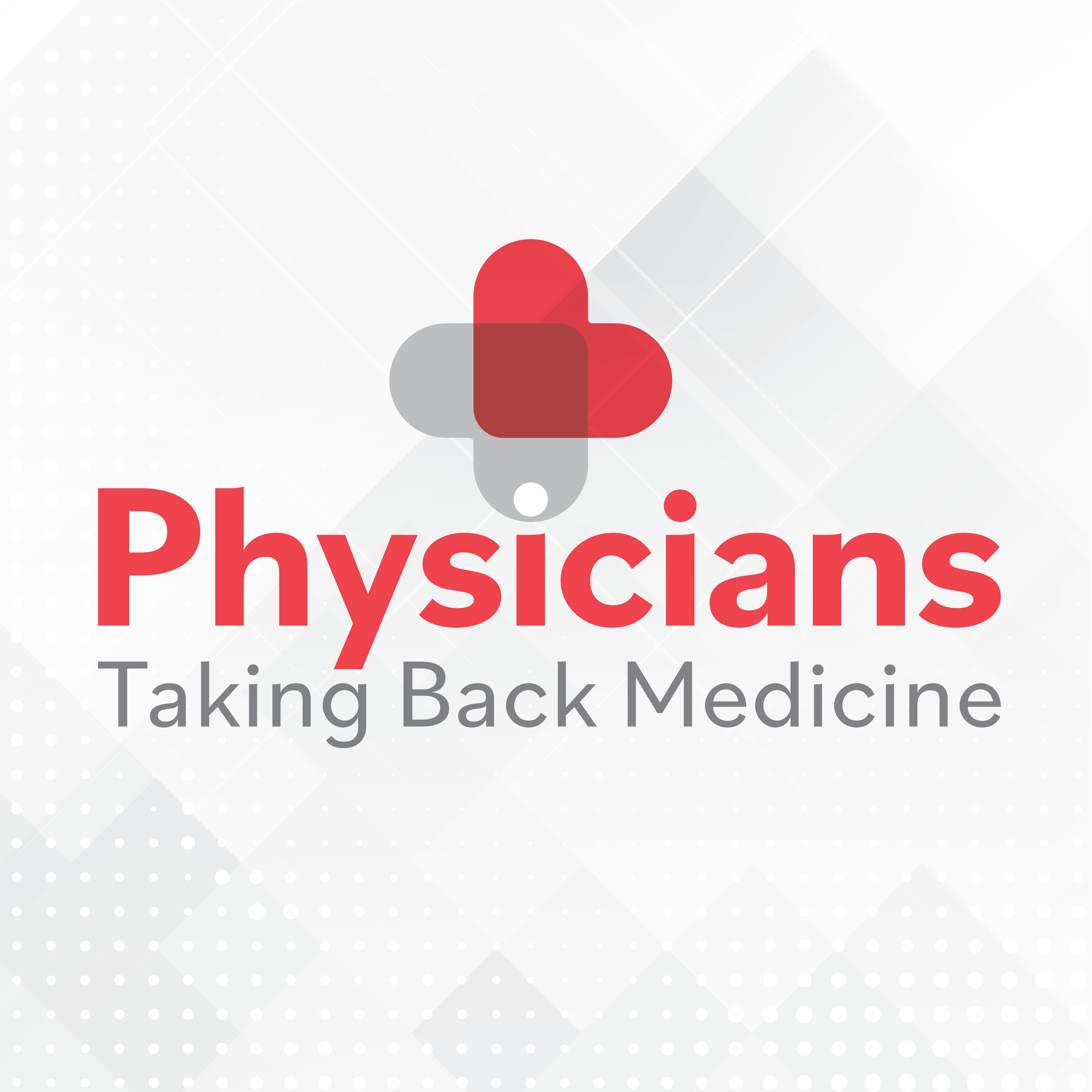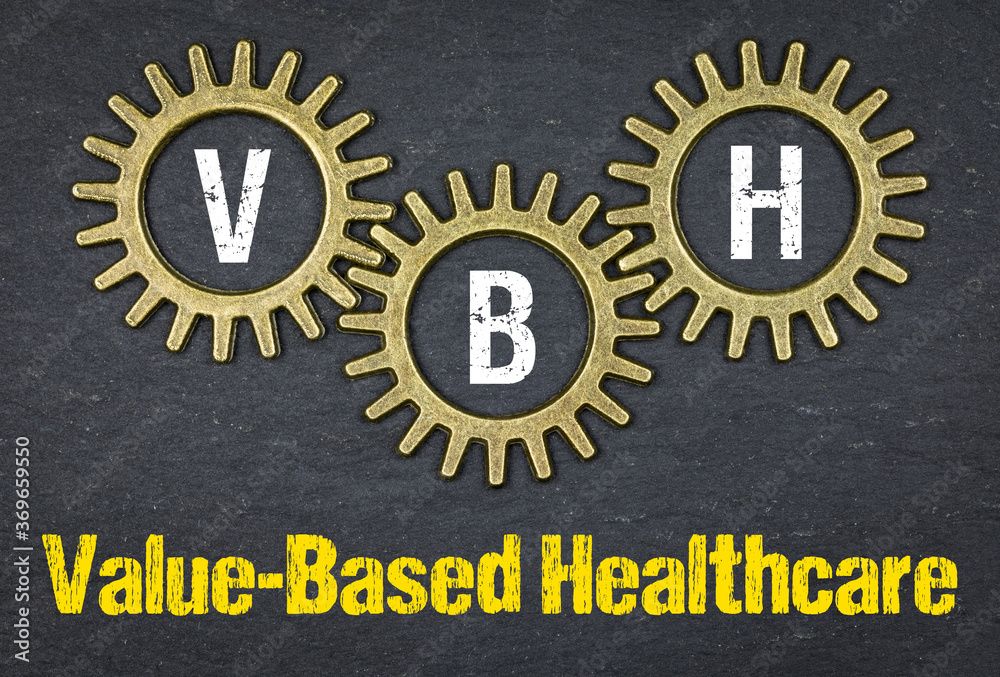Blog
Article
Medicare Advantage and managed care are rising. Here’s how leaders can adapt.
Key Takeaways
- Pandemic-induced financial stress and workforce shortages hinder the shift to value-based care, creating a "new normal" for healthcare organizations.
- The Centers for Medicare & Medicaid Services aims for accountable care relationships for beneficiaries by 2030, despite transition complexities.
Health care leaders must strategically approach the financial and operational changes that come with Medicare Advantage and Medicaid Managed Care requirements or risk disruptions to revenue cycle management and ultimately, revenue leakage.
Jonathon Miller: ©The Bonadio Group

Pandemic-driven challenges like financial stress and workforce shortages continue to plague the health care industry years later. These pressures, presenting an unfortunate “new normal” for health care organizations, create roadblocks for providers eager to prioritize health equity and value-based care.
While most providers still seek to shift to value over volume, momentum has been highly impacted by these constraints. Regardless, the Centers for Medicare & Medicaid Services has announced an ambitious, five-year target that would seek to provide Medicare fee-for-service beneficiaries and most Medicaid beneficiaries a care relationship with a provider accountable for both quality and total cost of care by 2030.
By embracing factors like evolving payment structures and Medicaid 115 waivers, the organization is hoping for policymakers and insurers to drive this goal forward, despite the immediate costs and complexities associated with the transition that create concerns for health care leaders. These costs include the capital required to build infrastructure, capabilities, and capacity to accommodate larger value-based initiatives.
Aimee Jozic: ©The Bonadio Group

The idea is that in the long term, embracing value-based care may very well lessen the financial and operational strains faced by most providers. However, Medicare Advantage and managed care plans’ growing influence on health care finance presents complexities for leaders to navigate. These include renewed pressure on cash flow dynamics and create a critical need for investments in revenue cycle and IT infrastructure to align with rising enrollment numbers – up 23% in the last decade alone according to the Kaiser Family Foundation.
Health care leaders must strategically approach the financial and operational changes that come with Medicare Advantage and Medicaid Managed Care requirements or risk disruptions to revenue cycle management and ultimately, revenue leakage. To avoid these issues, they must proactively make investments in their operations and infrastructure to account for new factors like additional pre-authorization requirements, increased denial rates, and more complex billing processes.
While unfortunately, some health care systems don’t have the capital available to make these investments in advanced systems and specialized teams, budgeting appropriately or seeking partnerships to achieve these upgrades should be top of mind. This can include working with third party experts or entering a shared resource agreement with another provider if needed. While not necessarily ideal for leaders, building capacity will allow providers to stay competitive as the industry rapidly shifts to value-based care, and position their organization on a sustainable and resilient path forward.
When it comes to successfully navigating the rise of Medicare Advantage and Medicaid Managed Care, proactivity, efficiency, and adaptability are key to continued success. Health care finance leaders must determine what’s needed to make necessary enhancements – from enhancing IT systems to building dedicated teams - and then prioritize Key Performance Indicator (KPI) tracking to stay informed on how effectively their revenue cycle is adapting to managed care demands. Metrics that should be considered include days in gross and net receivables, denial rates, authorization timelines, and cash flow stability for the best results.
While not easy, it is possible to successfully navigate the rise in managed care while ensuring your health care organization remains financially stable in a value-based care landscape by making changes now to minimize revenue loss and improve operational efficiency.
Jonathan Miller is a partner with Bonadio’s Strategic Advisory and Consulting division, where he works with clients within the healthcare and human services industries on a variety of advisory engagements. He focuses on providing services such as financial statement analysis, operational improvement strategies, and strategic guidance to executives and boards of directors in these sectors. Jon also lends his expertise to advisory and consulting projects that involve mergers, acquisitions, financial forecasting, strategic planning, and governance guidance.
Aimee Jozic has served as a partner in the Bonadio Group’s Assurance practice since 2005. She focuses on the healthcare and higher education industries and specializes in providing auditing services for clients, with a primary focus on tax-exempt organizations. She has experience in various engagements, from financial statements and single audits to cost report certifications and informational tax return preparation.





